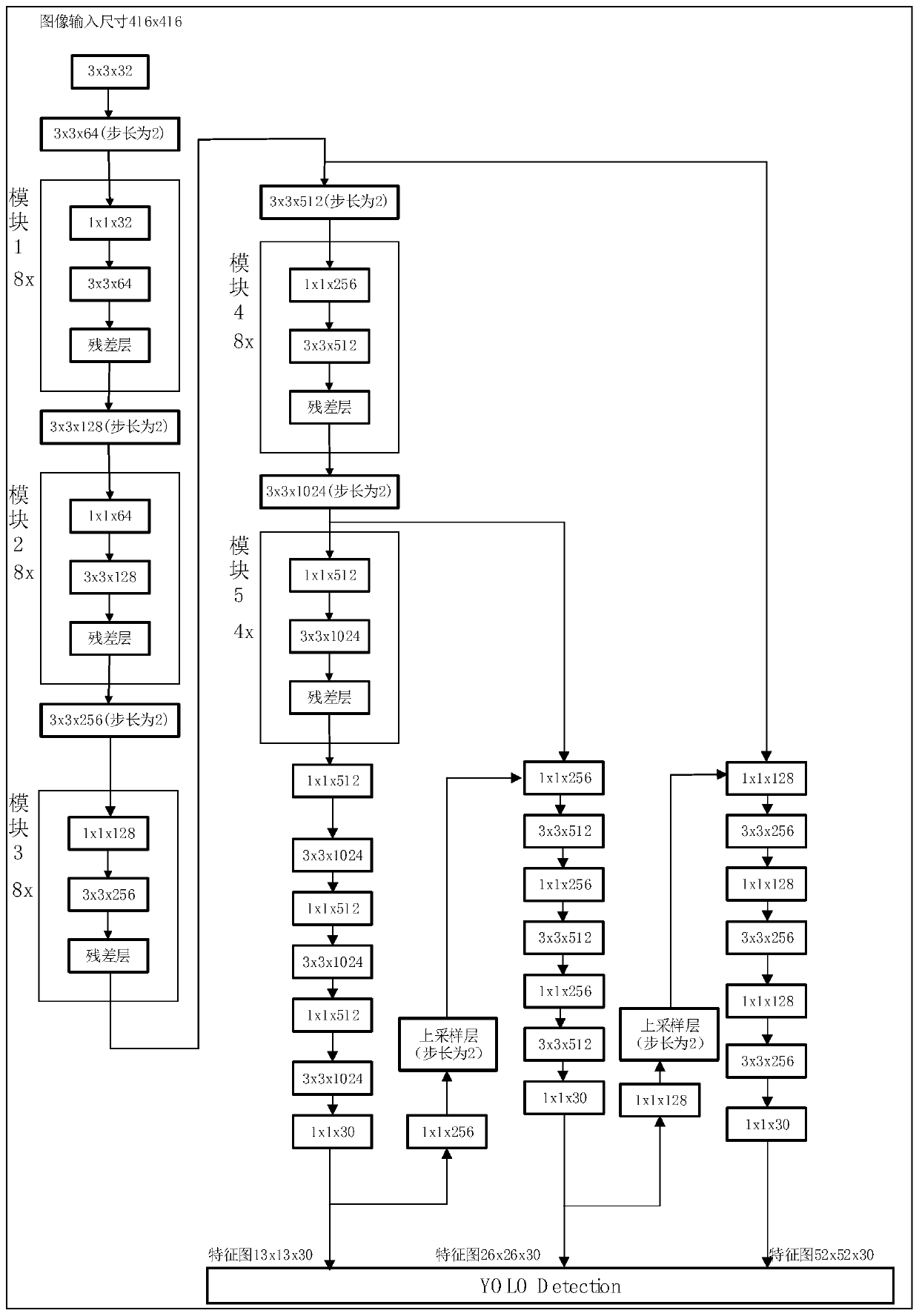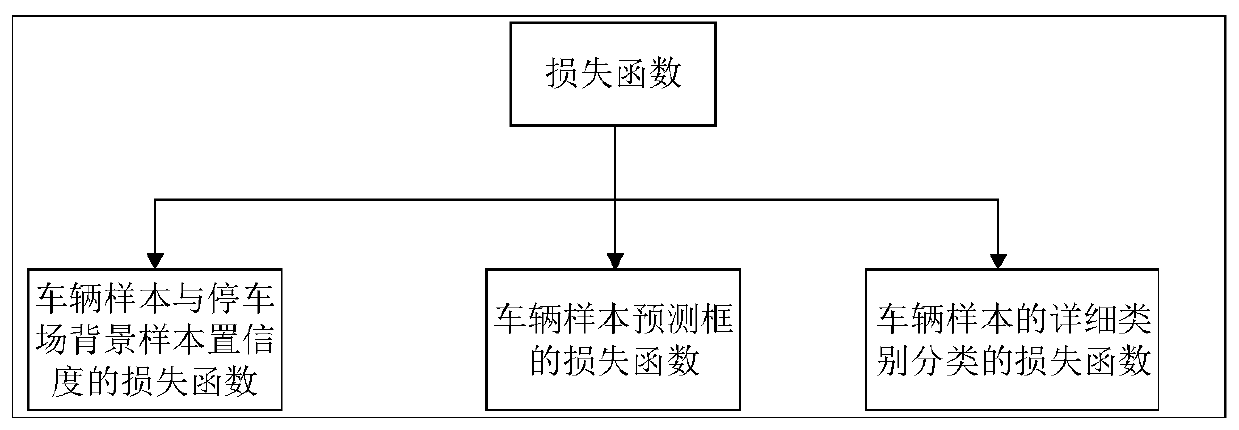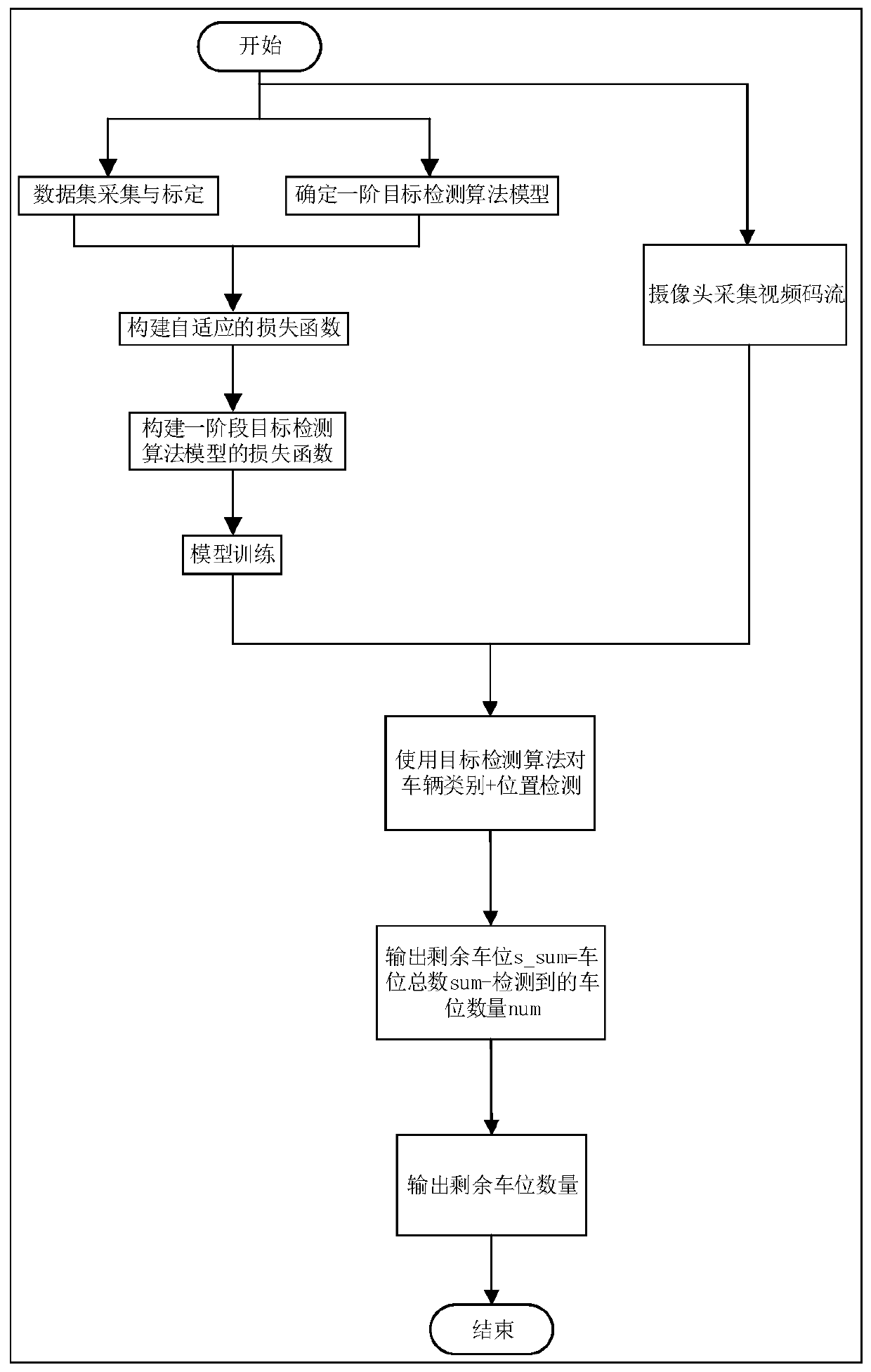High-speed service area parking space identification method
A high-speed service and parking space recognition technology, applied in the field of image recognition and computer vision, can solve the problems of inability to achieve the detection accuracy of the two-stage convolutional neural network model, slow forward reasoning speed, and inability to meet the real-time requirements of business scenarios.
- Summary
- Abstract
- Description
- Claims
- Application Information
AI Technical Summary
Problems solved by technology
Method used
Image
Examples
Embodiment Construction
[0040] In order to better illustrate the technical solution of the present invention, the present invention will be further described below through an implementation example in conjunction with the accompanying drawings.
[0041] A parking space identification method in a high-speed service area, comprising the following steps:
[0042] Step 1: Collect a large number of image data taken by high-altitude cameras, build a parking lot data set M in the high-speed service area with a number of 10,000, a training data set T with 8,000, a verification data set V with 2,000, and mark the number of vehicle categories C The value is 5, which are cars, off-road vehicles, large trucks, police cars, and engineering maintenance vehicles. The training data batch size is 4, the number of training batches is 1000, and the learning rate l_rate is 0.001. The proportional coefficient ζ between the training data set T and the verification data set V is 0.25, and the height h of the image is k = ...
PUM
 Login to View More
Login to View More Abstract
Description
Claims
Application Information
 Login to View More
Login to View More - R&D
- Intellectual Property
- Life Sciences
- Materials
- Tech Scout
- Unparalleled Data Quality
- Higher Quality Content
- 60% Fewer Hallucinations
Browse by: Latest US Patents, China's latest patents, Technical Efficacy Thesaurus, Application Domain, Technology Topic, Popular Technical Reports.
© 2025 PatSnap. All rights reserved.Legal|Privacy policy|Modern Slavery Act Transparency Statement|Sitemap|About US| Contact US: help@patsnap.com



